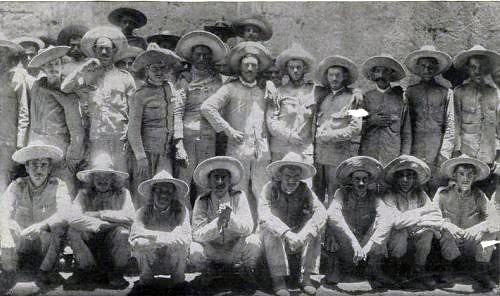It is the same name as the current king of Spain.Isn't that the same name as the current King of Spain?
Why has the name come back into fashion earlier ITTL? Or is it just luck and happenstance?
As for it's significance ITTL there isn't one really, though given his parents constitutionalism and belief in continuity it could be argued that it's a nod to a royal past (and IOTL Alfonso XII was the first king of that name since the 1300s so there is a precedent.)

